Samurai History
Minatogawa: The Final Battlefield of Kusunoki Masashige
Minatogawa: The Last Stand
Minatogawa is the Final Battlefield of Kusunoki Masashige. The battle showed why Kusunoki Masashige is one of the most commendable warriors in Japanese history. He is an epitome of a true warrior with a great sense of duty and loyalty to the emperor and Imperial family. He values it even more than his life.
The Siege in Chihaya just ended which relinquished the tyrant Hojo shogunate, when right away another struggle for power begins. It was against the former Hojo puppet, Emperor Go-Daigo and the great warrior who’s a former ally of Hojo shogunate, Ashikaga Takauji.
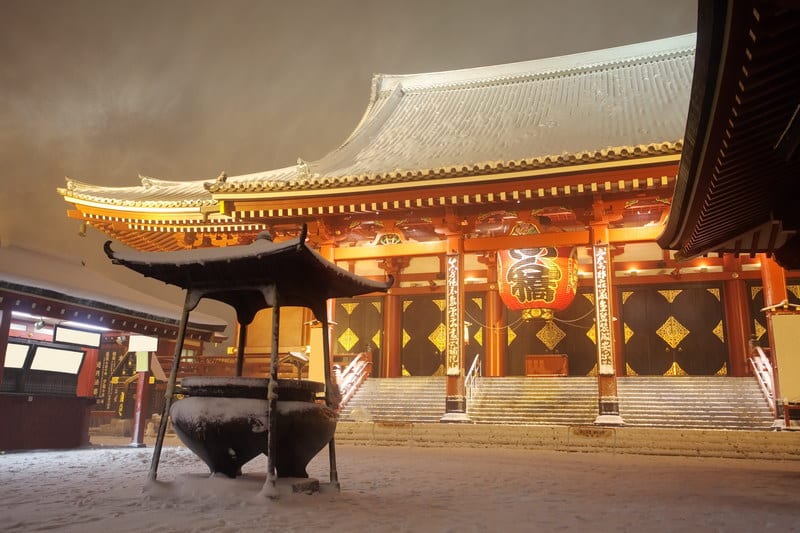
How it All Started
Ashikaga Takauji switched his loyalty and fought against his masters, the Hojo clan. He then successfully took hold of leadership in Kyoto. This was the same time when Emperor Go-Daigo’s ally won in the Battle in Chihaya, overthrowing the Hojo troops. They were formerly in the same team with the same goal of abolishing the ruthless Hojo leaders.
But this alliance eventually tarnished. In 1334, Ashikaga Tadayoshi, Ashikaga Takauji’s brother, was sent as Prince Morinaga’s military guardian to Kamakura. But by the end of the year, Morinaga, being everyone’s favorite, returned to Kyoto with rumors that he is to overturn the Ashikaga clan there. Controversies rose, Morinaga was arrested and exiled back to Kamakura.
By 1335, Hojo Tokiyuki, a son of Takatoki, came to picture and put panic in Kamakura. Tadayoshi saw this an opportunity to make sure that Morinaga will be killed. Takauji formed an army without the permission of the emperor, defeating Tokiyuki. During this time, Takauji is eyeing for Kamakura than Kyoto, so he made himself a home base in Eifukuji temple.
Takauji started making efforts to overthrow the leadership of Emperor Go-Daigo including that of luring the emperor’s loyal and powerful warrior, Nitta Yoshisada. But seeing that it goes to no avail, he retaliated by putting Yoshisada’s home province under Uesugi’s governance.
Emperor Go-Daigo got full of Takauji, branding him as a traitor and urged for his fall. This became a long series of battles between these two.
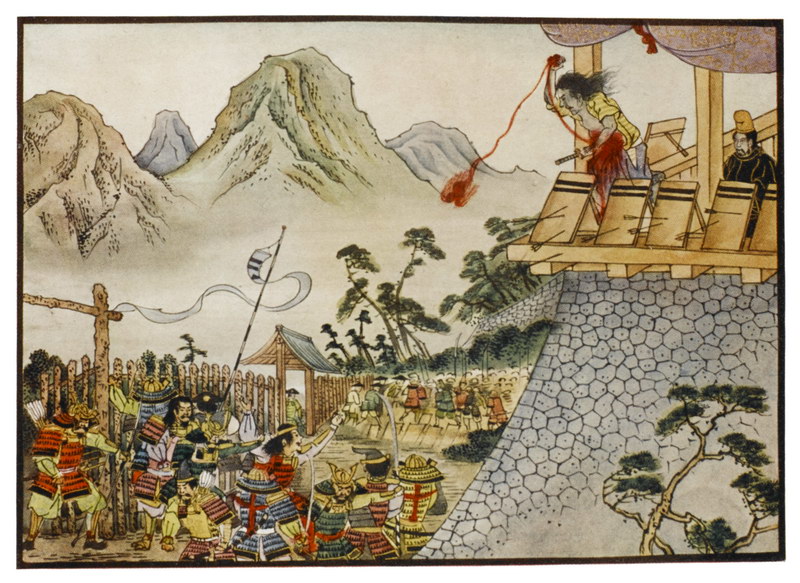
Kyushu Collaboration
Ensuing fight between the two, Takauji reached Kyushu. He was able to defeat the governing Kikuchi during the battle of Tadara No Hama on the 14th of April, 1336. He was able to gain the Kyushu warrior families trust as allies. This gave him the confidence to press further against the emperor, starting with his comeback at Kyoto.
On the other side, Emperor Go-Daigo ordered Nitta Yoshisada to act right away and fight Takauji. Yoshisada proposed an all-out war to another loyal warrior of the emperor. At that time, Kusunoki Masashige was not in favor of seeing their troops outnumbered by the enemy. But Masashige heeds on the emperor’s order and pushed through even if he already sees it as an obvious defeat for their fleet.
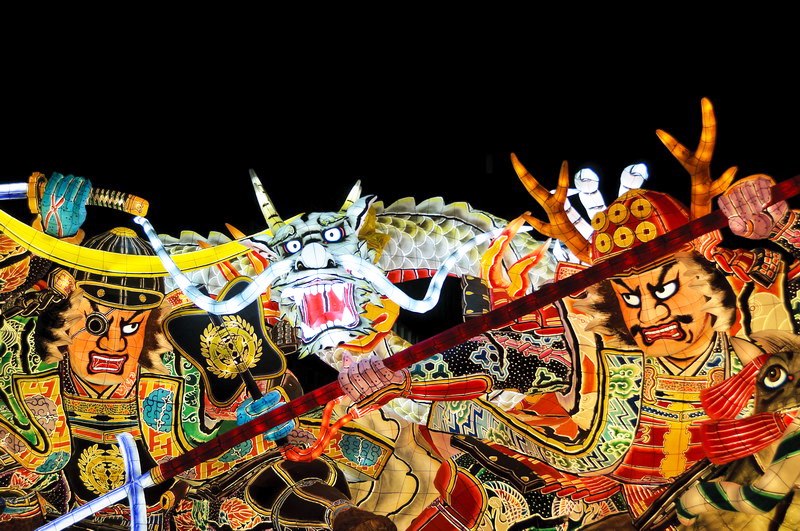
The Main Battle in Minatogawa
By July 4, 1336, in the Minatogawa, province of Harima, Nitta Yoshisada together with his loyal ally, Kusunoki Masashige, decided to face Takauji forces.
Yoshisada has his 2,000 troops on the east bank of Minato river. Meanwhile, Masashige together with his 500 men, positioned to the west bank of the river. On the other side, Takauji divided his troops into three units with the perfect sure win battle plan.
It began with Takauji’s first unit led by Shoni Yorihisa launching an assault in front of Yoshisada’s fleet. The second unit led by Takauji himself and Hosokawa Jozen sailed onto the open sea and attacked Yoshisada’s fleet at the back. Yoshisada, losing his confidence, pulled into a defensive position, leaving Masashige behind exposed to the attack of the third unit under Ashikaga Tadayoshi’s leadership.
Outnumbered and trapped by the enemy’s troops, Masashige still holds his ground and held on for more than six hours until he gave up. He, together with his brother Masasue, and all their troops committed suicide rather than being seized and killed by opponents. Yoshisada, on the other hand, left his fleet, fled and escaped back to Kyoto.
Emperor Go-Daigo’s aim in securing the continuance of his governance was all overthrown as a result of his troops’ defeat in Minatogawa.
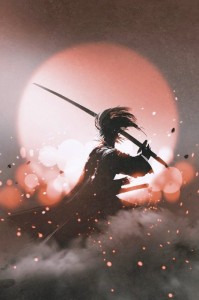
The Emperor’s Flee to Safety
Nitta Yoshisada was able to hold off Ashikaga Takauji’s forces long enough for Emperor Go-Daigo to successfully flee to safety to Enryakuji on the Mt. Hiei. But Takauji, persistent on ending the war and gaining legitimate power over all the land, launched an attack on Mt. Hiei. But it wasn’t progressive, resistance just grew and many more battles between Kyoto and Mt. Hiei continued. Go-Daigo, seeing it all pointless, agreed on cease-fire, also for him to get enough time to flee.
He turned over the Imperial Regalia to the Ashikaga clan and fled to Yoshino. Nitta Yoshisada together with his son, Prince Takanaga ran towards southern Echizen. Takauji gave the Imperial Regalia to Prince Yakuhito (reigned as Emperor Komyo), the brother of the retired emperor Kogon-in.
When they thought everything’s at peace, Go-Daigo declares from Yoshino, that the Imperial Regalia on the hands of Emperor Komyo was fake. And because holding onto the original regalia is necessary to prove legitimacy to the throne, he claims that he is still the true emperor. He had gained a lot of believers on his claim which established the period of the Southern and Northern Courts.
Unknown Japanese Weapons in the Absence of Swords
Shinto and Zen Buddhism: The Two Religions that Shaped the Samurai Tenets
Japanese Arrows – Arrowhead Pride
The Power Struggle Ends
Takauji didn’t back down, but retaliated on Go-Daigo’s loyal ally, Nitta Yoshisada. He attacks his strong defense Kanagasaki in Echizen, and was brought down by April of 1337. Yoshisada again escaped, but his son, Prince Takanaga opted to commit suicide. In August 1338, Yoshisada was killed in the Battle of Fujishima against the Ashikaga forces.
For this reason, the Southern court made Takauji’s Northern court supreme over the country. With this, Takauji became the overall ruler as Shogun, his long-time dream.
The Battle’s Cultural Significance
This, among other series of exciting Japanese battles, are all recorded and told in dramatic and exaggerated accounts, constituting a historical epic called Taiheiki. During the Edo period, Kusunoki Masashige has become a well-known name and became a figure of highest loyalty after his heroism of choosing to sacrifice himself following the emperor’s orders. Tokugawa Mitsukuni wrote Masashige’s epitaph alongside cementing his fame in Minatogawa Shrine that was consecrated on May 24, 1872.

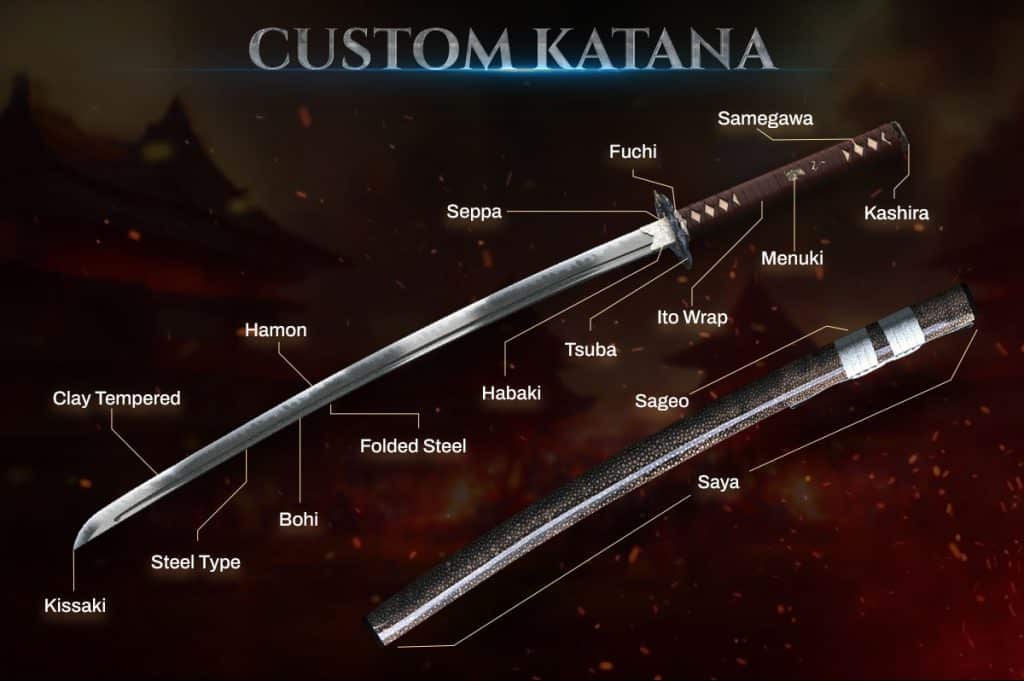
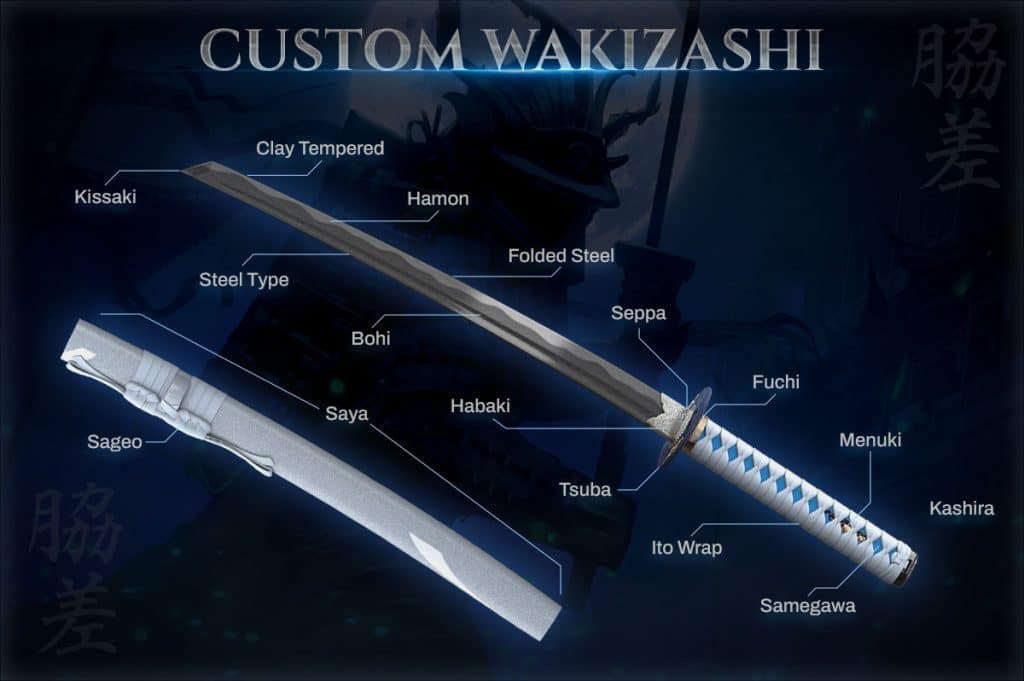
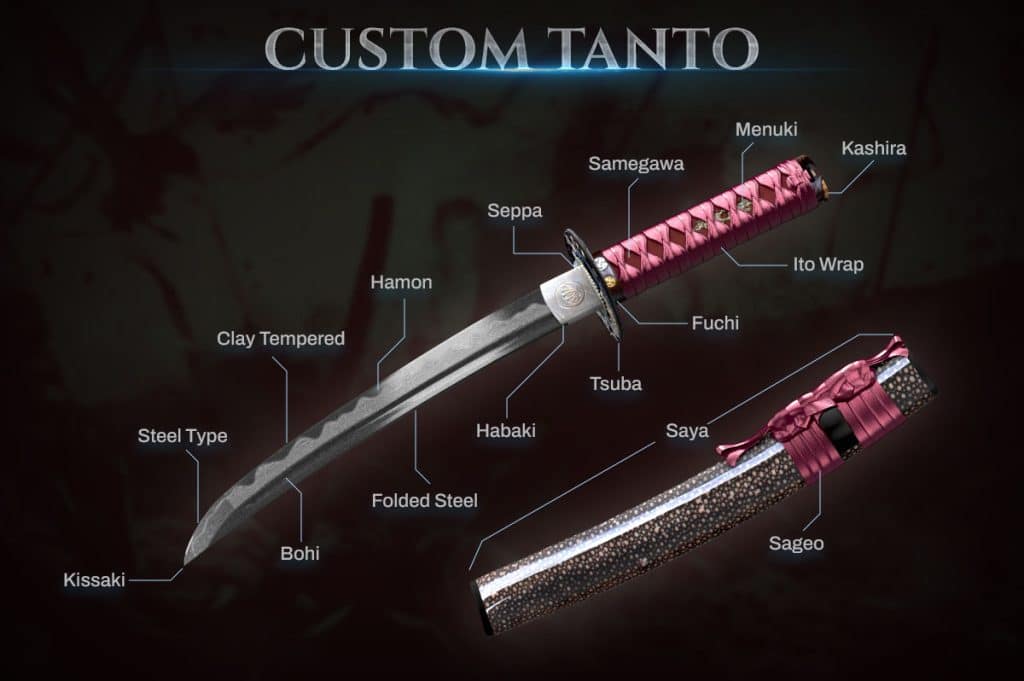
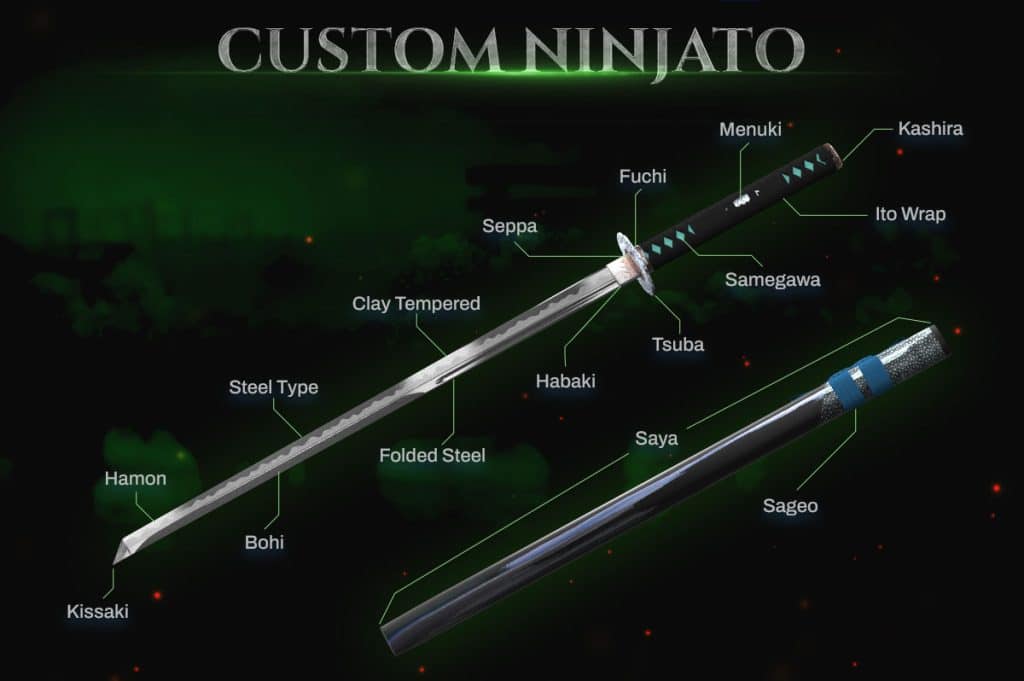
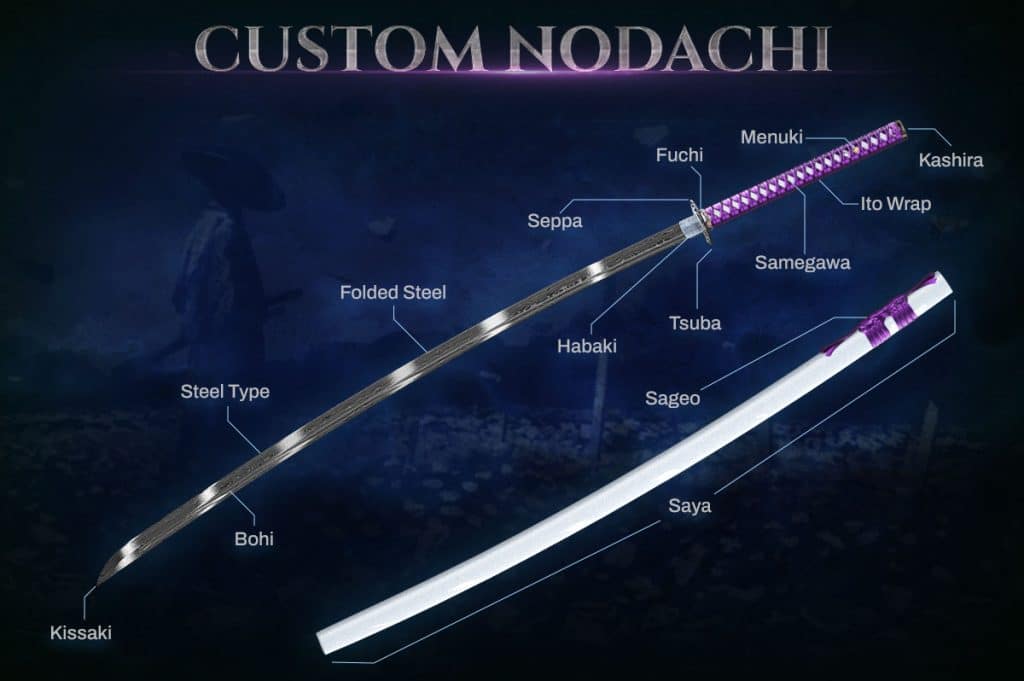
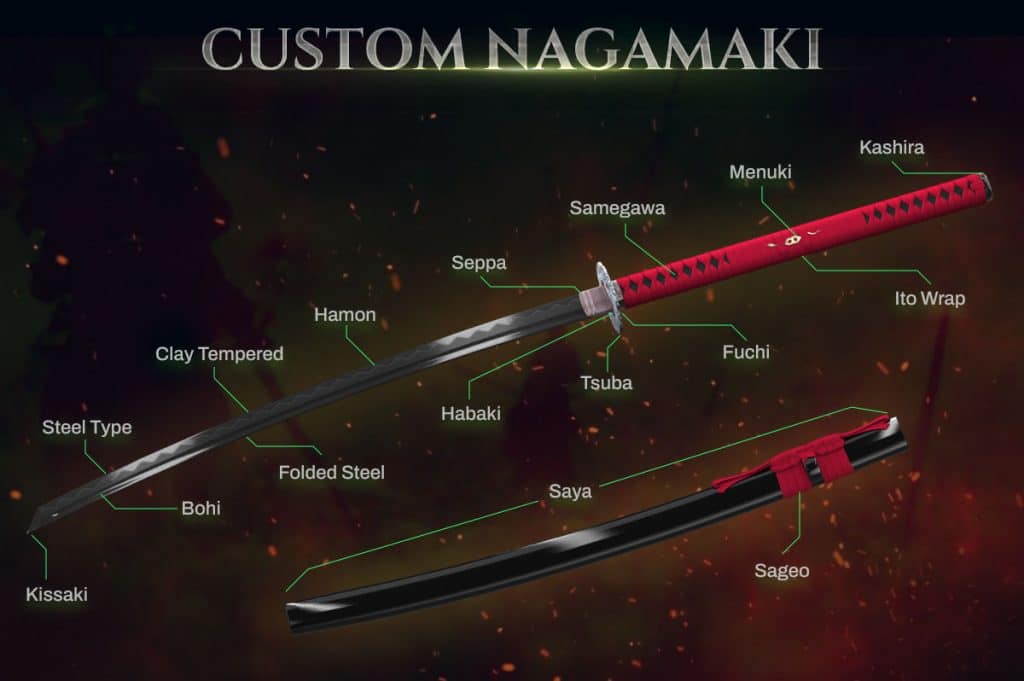
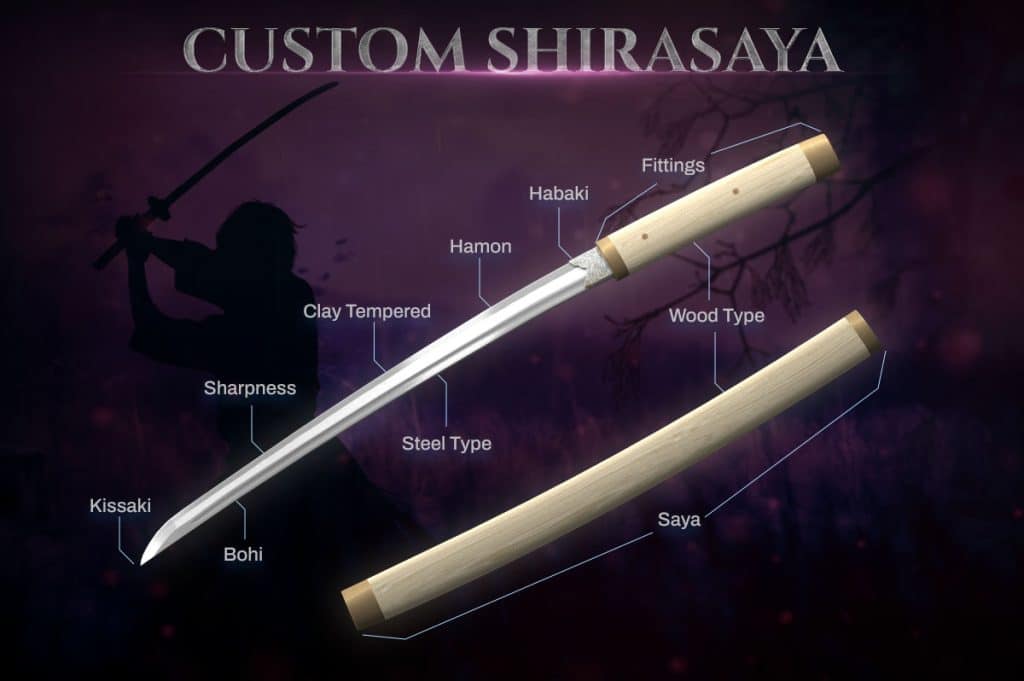
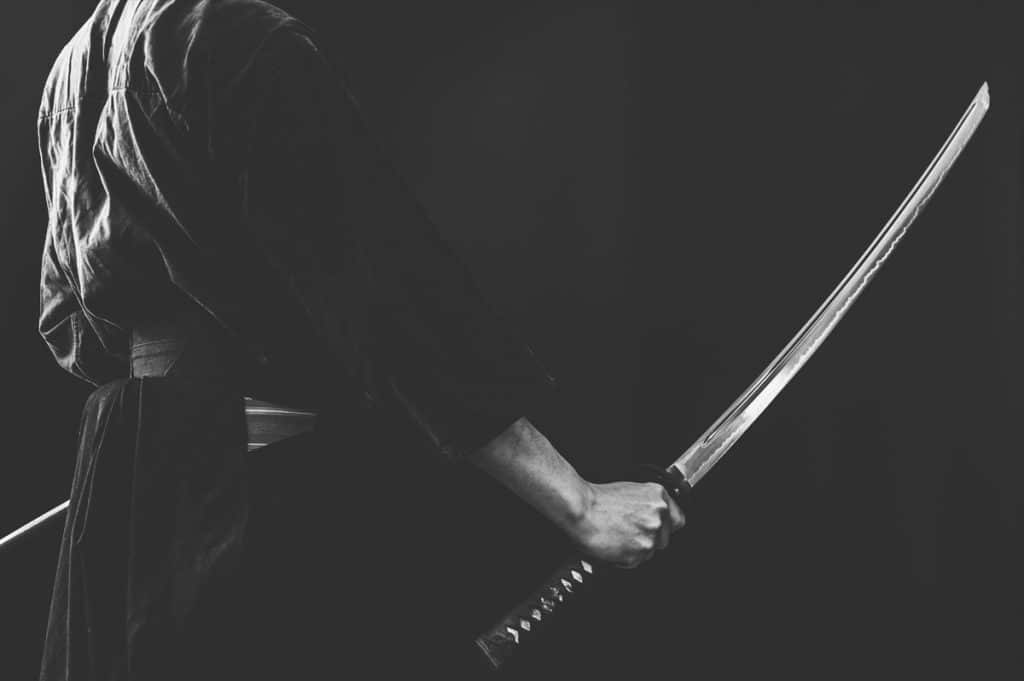
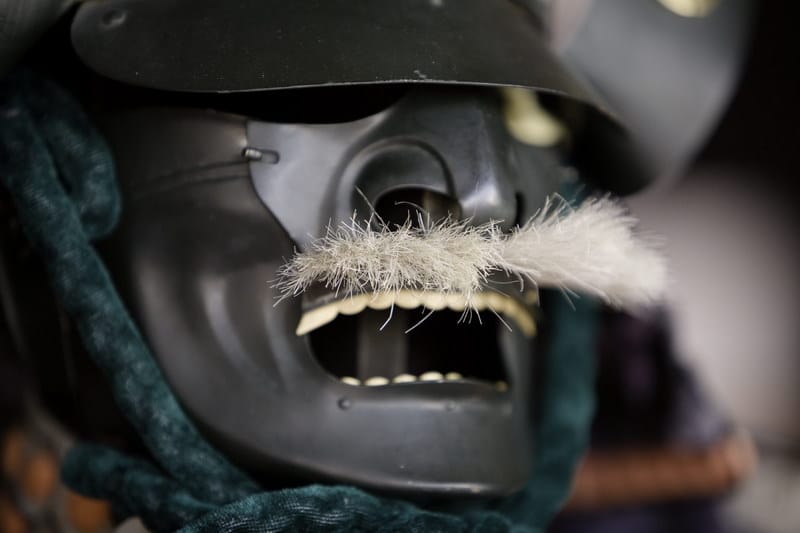
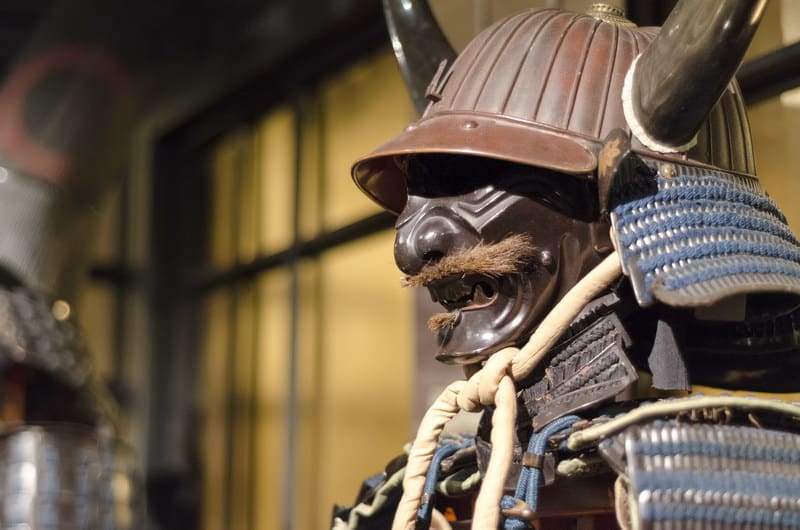
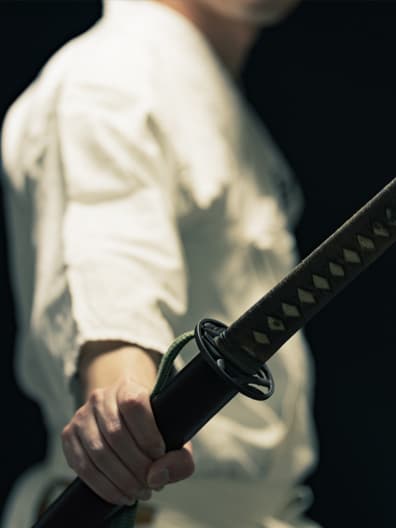
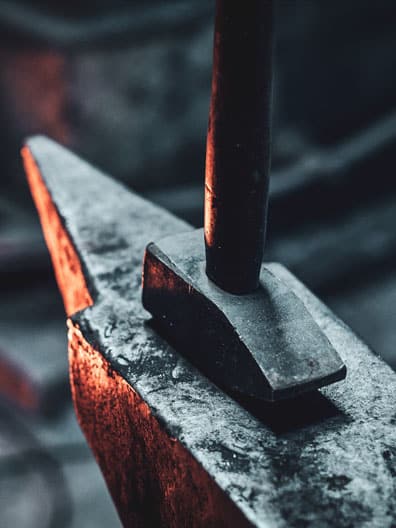
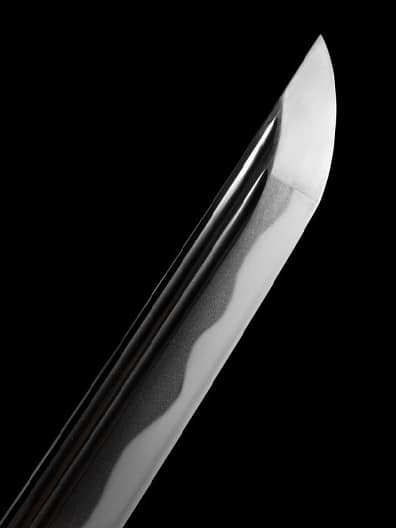
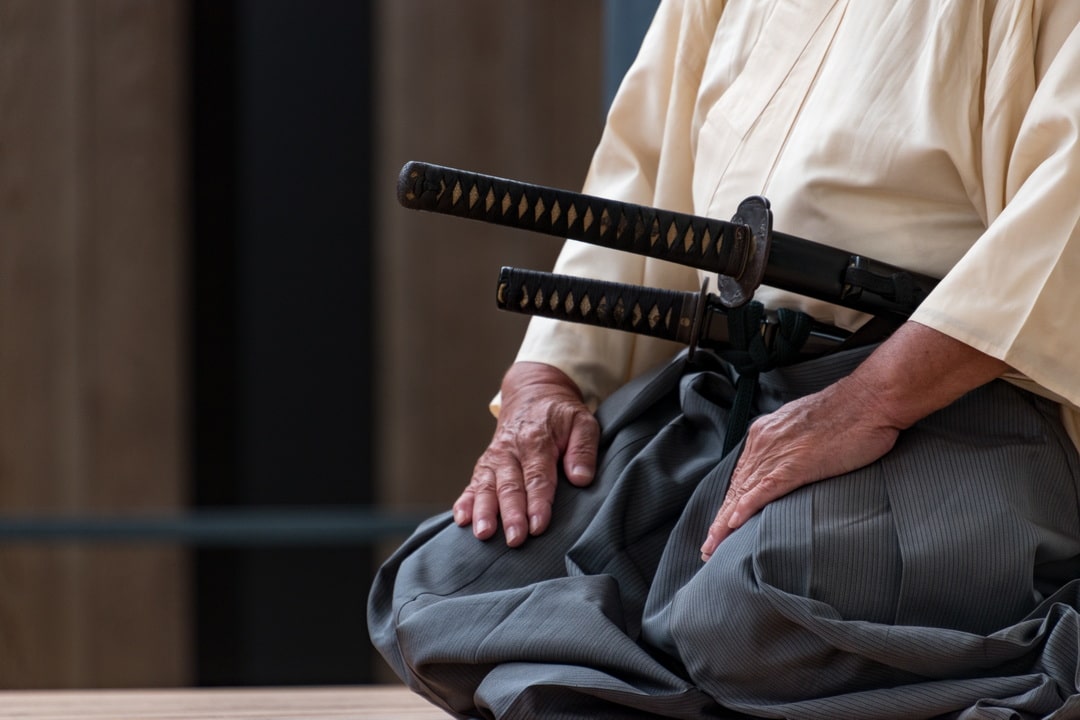

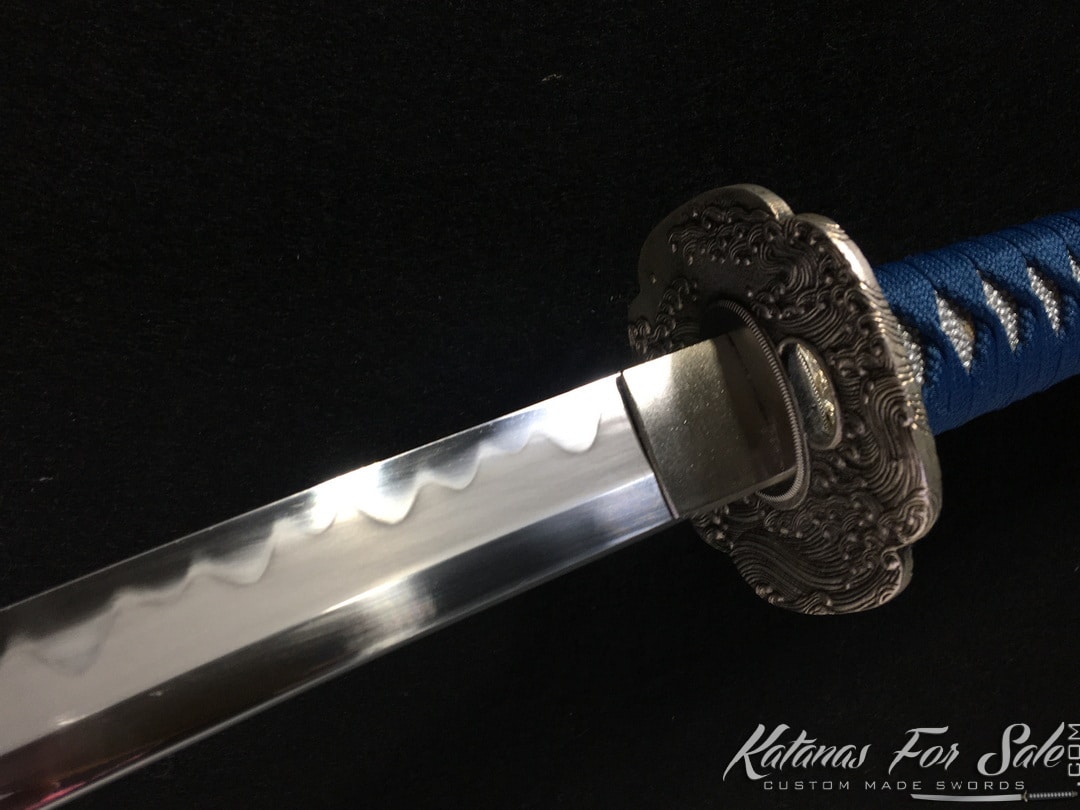
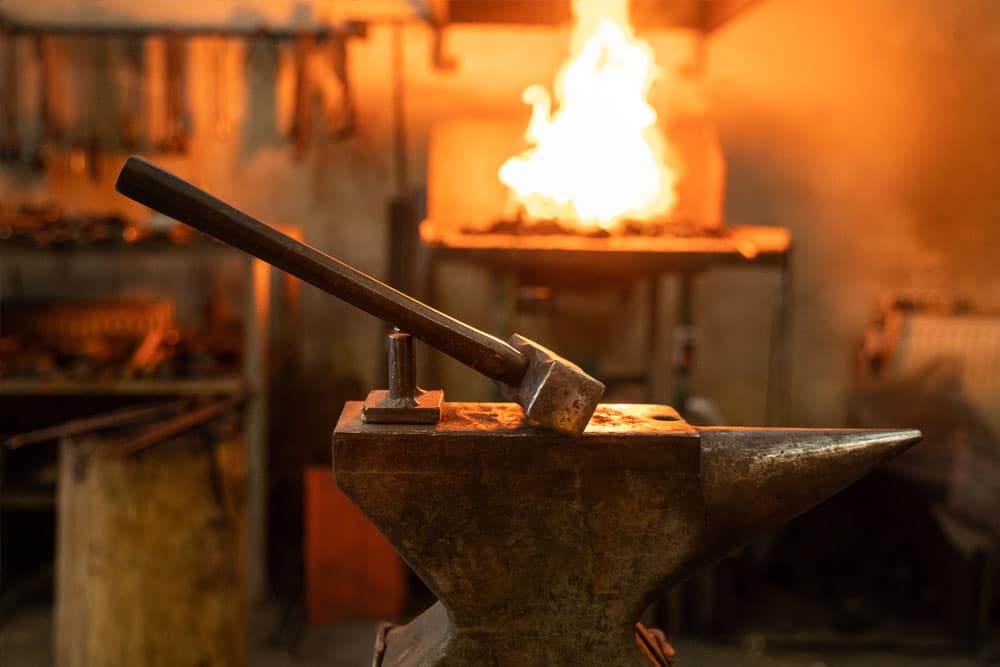

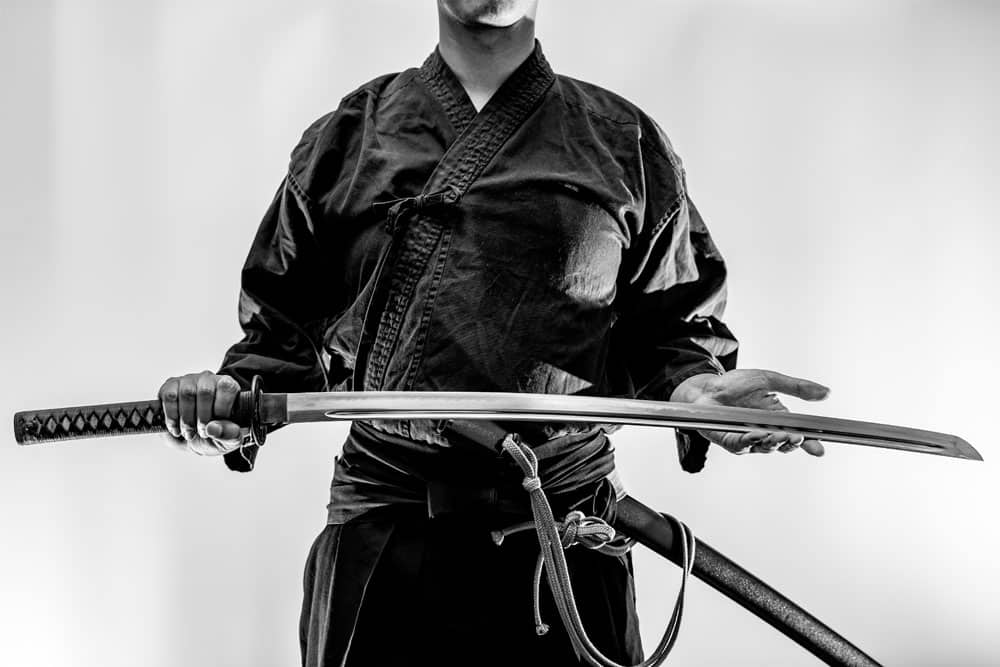

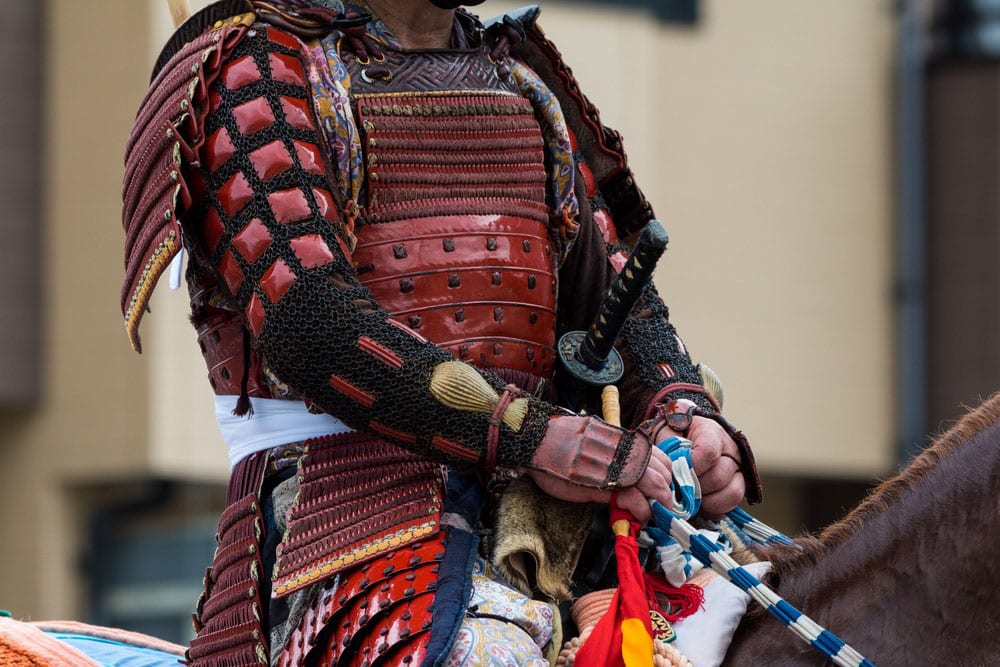
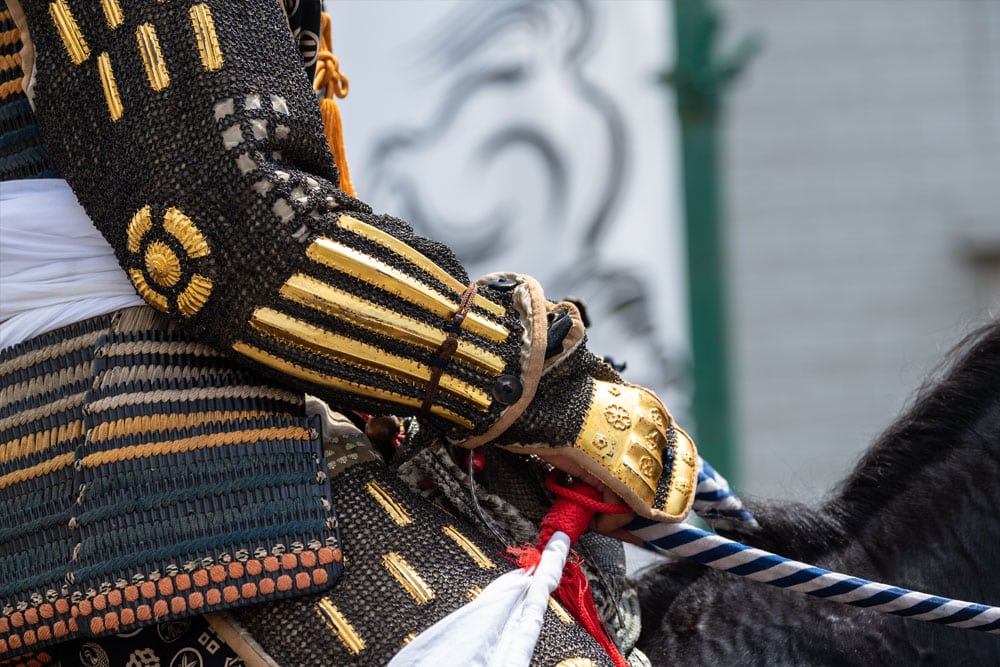
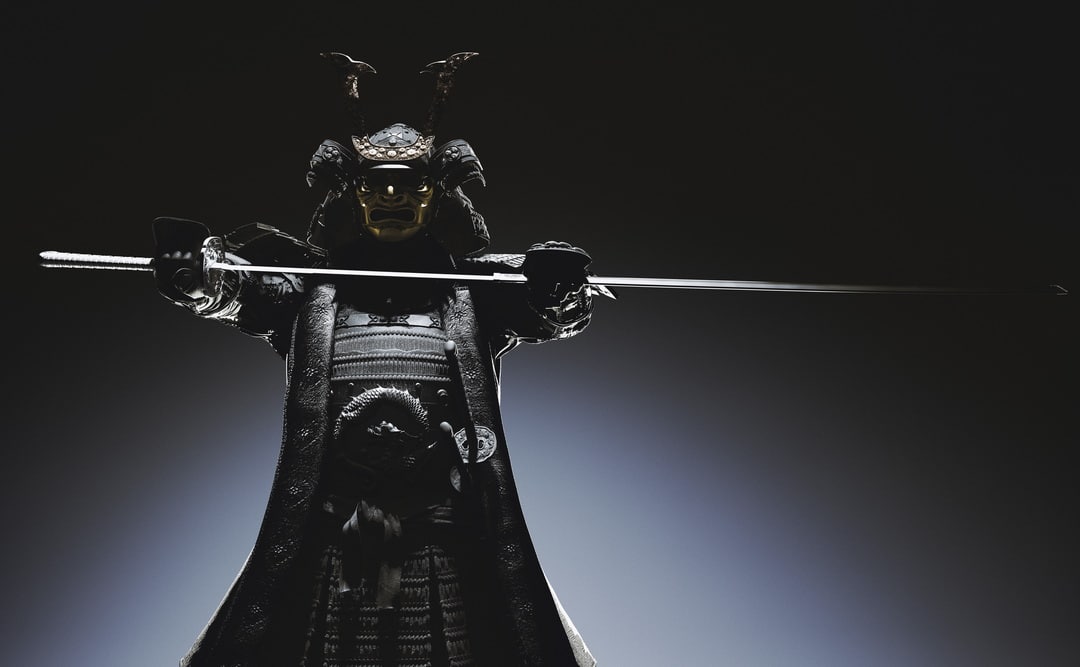
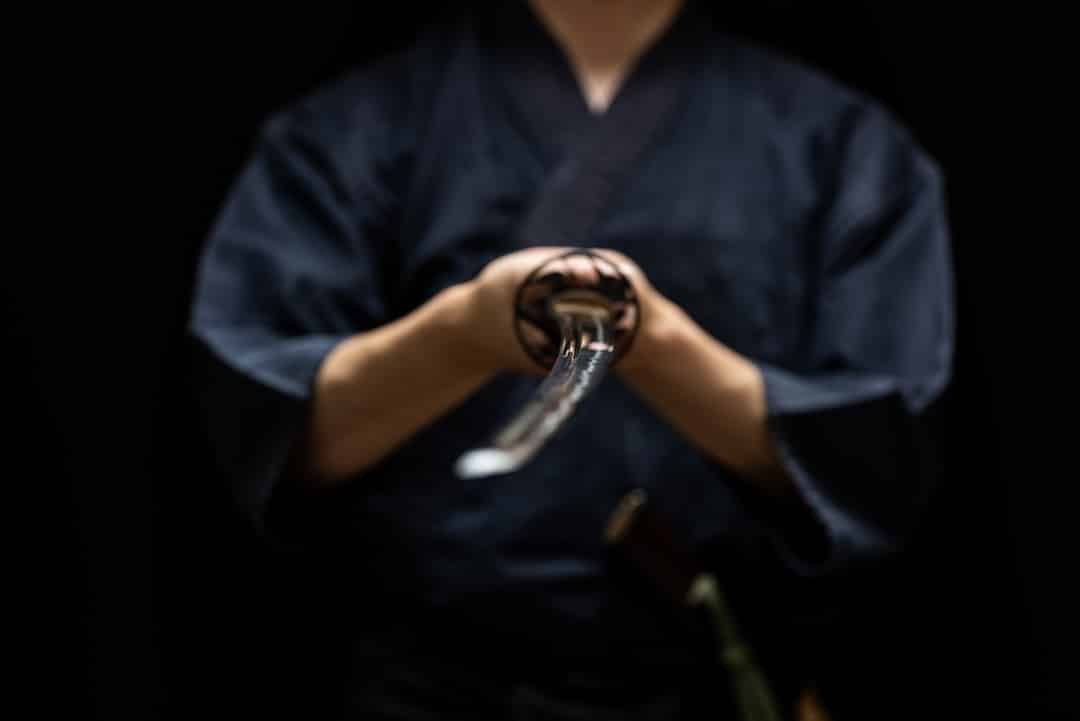
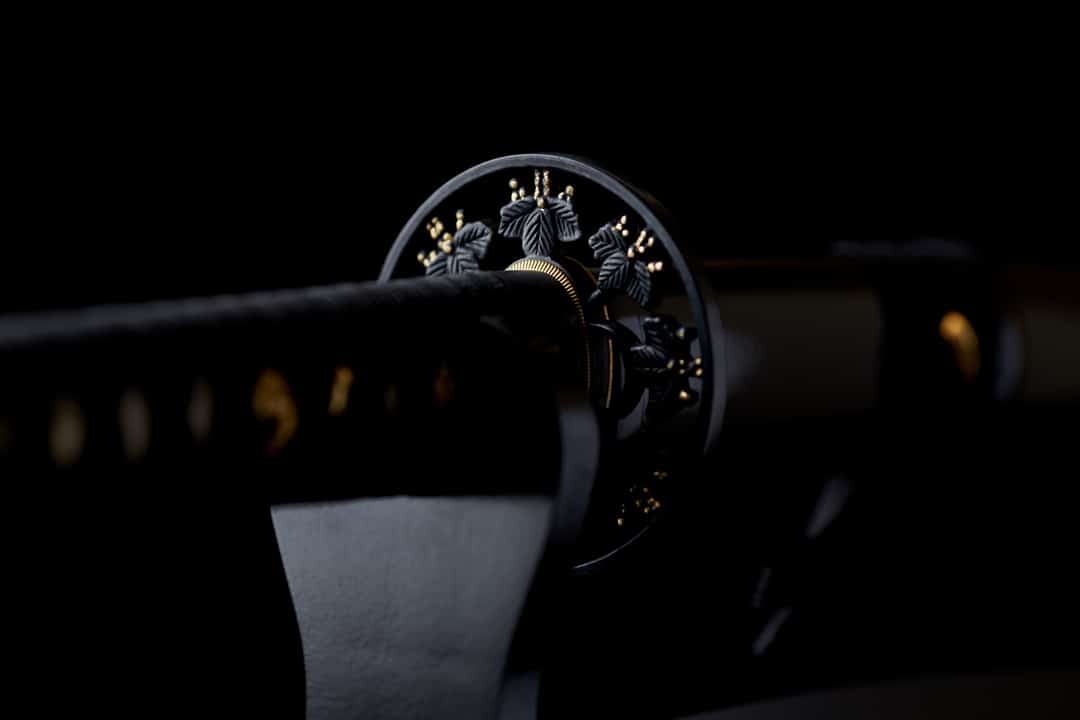
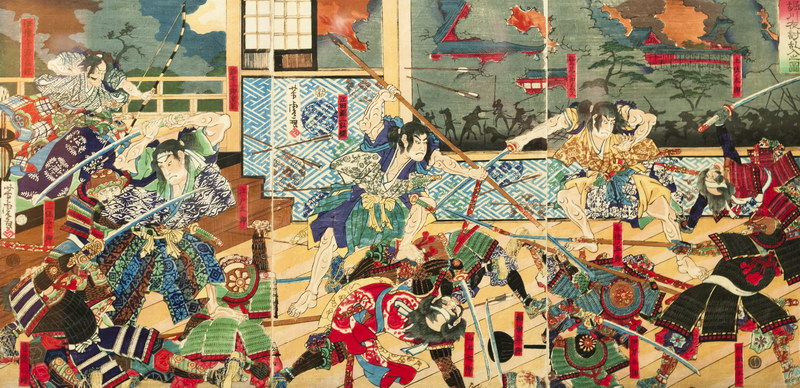
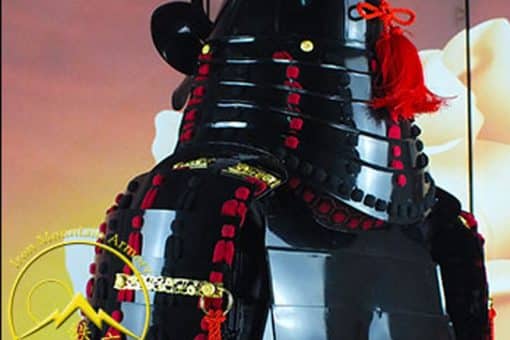
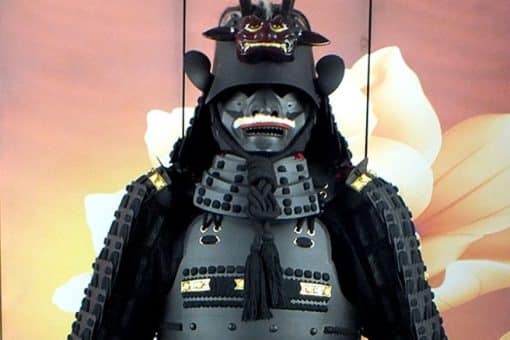
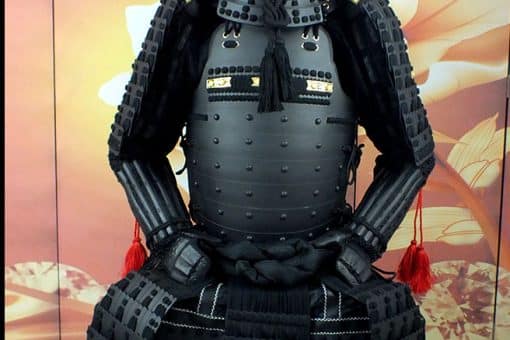
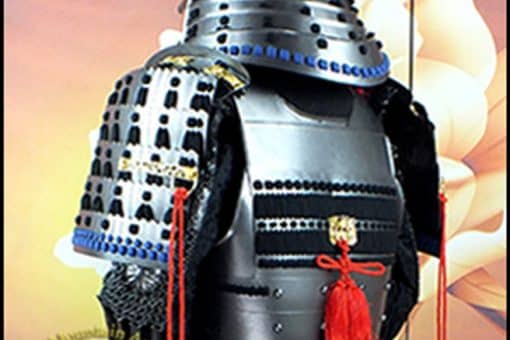
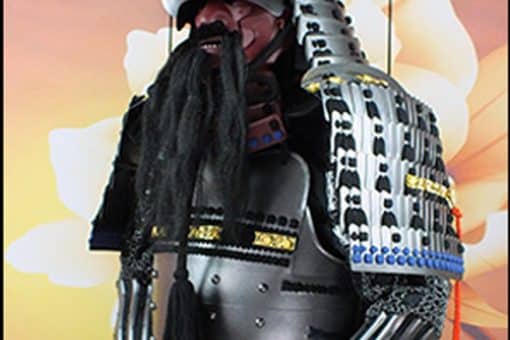

Test Your Knowledge
Feudal Japan's Warriors and Roles Unraveled
Samurai Sword Mastery: The Ultimate Challenge
Samurai Wisdom: Embark on a Journey Through the Ages